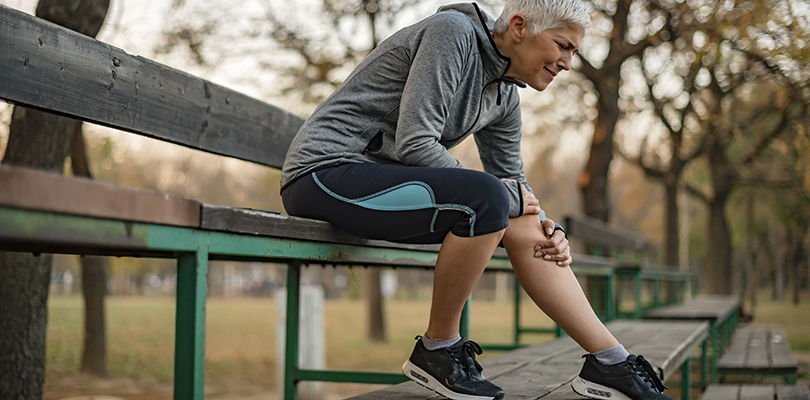Arthritis is on the rise and a leading cause of disability in the U.S. According to the CDC, nearly one in five adults has been diagnosed with arthritis, which affects overall function and mobility and can result in activity limitations and other issues.
Physical activity can help.
If you have arthritis, participating in joint-friendly physical activity can improve your arthritis pain, function, mood, and quality of life. Joint-friendly physical activities are low-impact, putting less stress on the body and lowering the risk of injury.
Being physically active can also delay the onset of arthritis-related disability and help people with arthritis manage other chronic conditions such as diabetes, heart disease, and obesity.
Learn how you can safely exercise and enjoy the benefits of increased physical activity with these S.M.A.R.T. tips.
- Start low, go slow.
- Modify activity when arthritis symptoms increase; try to stay active.
- Activities should be “joint- friendly.”
- Recognize safe places and ways to be active.
- Talk to a health professional or certified exercise specialist.
Start low, and go slow.
When starting or increasing physical activity, start slow and pay attention to how your body tolerates it. People with arthritis may take more time for their body to adjust to a new level of activity. If you are not active, start with a small amount of activity, for example, three to five minutes two times a day. Add activity a little at a time (such as 10 minutes at a time) and allow enough time for your body to adjust to the new level before adding more activity.
Modify activity when arthritis symptoms increase; try to stay active.
Your arthritis symptoms, such as pain, stiffness, and fatigue, may come and go and you may have good days and bad days. Try to modify your activity to stay as active as possible without making your symptoms worse.
Activities should be “joint-friendly.”
Choose activities that are easy on the joints, like walking, bicycling, water aerobics, or dancing. These activities have a low risk of injury and do not twist or “pound” the joints too much.
Recognize safe places and ways to be active.
Safety is important for starting and maintaining an activity plan. If you are currently inactive or you are not sure how to start your own physical activity program, an exercise class may be a good option. If you plan and direct your own activity, find safe places to be active. For example, walk in an area where the sidewalks or pathways are level and free of obstructions, are well-lighted, and are separated from heavy traffic.
Talk to a health professional or certified exercise specialist.
Your doctor is a good source of information about physical activity. Health care professionals and certified exercise professionals can answer your questions about how much and what types of activity match your abilities and health goals.
It’s normal to have some pain, stiffness, and swelling after starting a new physical activity program. Your joints will need to get used to your new activity level; and sticking with your activity program will result in long-term pain relief. Be sure to talk with your doctor before starting an exercise program.
Did you know?
All CalPERS health plan members have access to acupuncture and chiropractic benefits that can help with the pain and inflammation associated with arthritis. To learn more about these benefits available through your health plan, visit the 2023 Health Benefits Summary or read your health plan’s Evidence of Coverage booklet.

